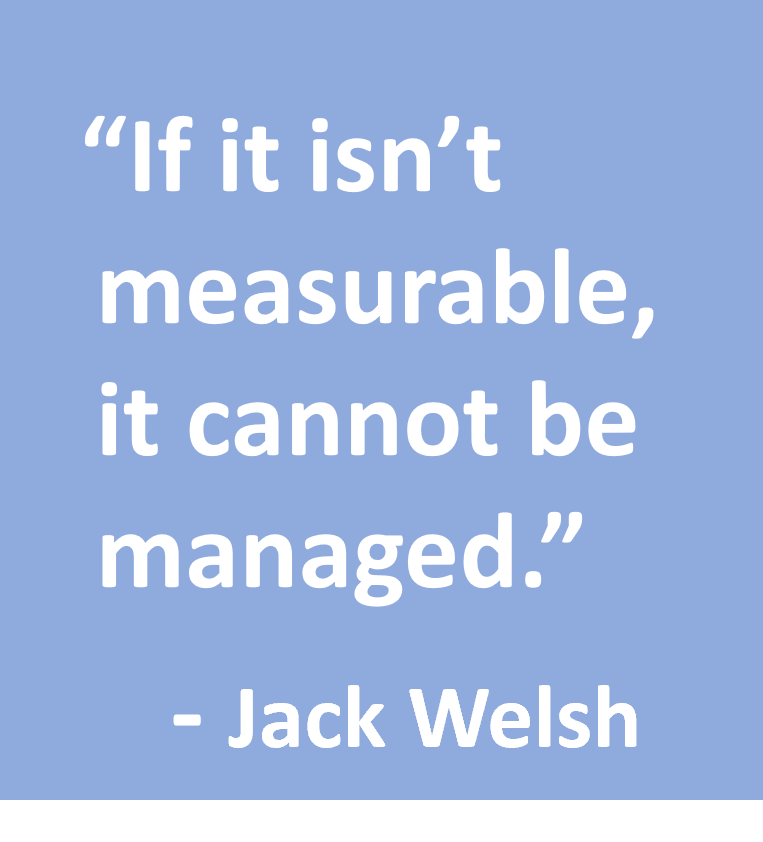Experiential marketing takes the brand engagement directly to the target audience, creating memorable encounters that lead to deep-rooted connections. But as with all marketing strategies, it’s essential to evaluate the effectiveness of these campaigns. Without proper measurement, it’s challenging to determine the return on investment (ROI) and how such campaigns influence a brand’s growth. In this article, we’ll dive into effective metrics and methods to determine the impact of your experiential marketing efforts.
1. Set Goals & Objectives
At the heart of any successful campaign is a clear vision. Setting goals and objectives for your experiential marketing campaign provides direction and lays the foundation for effective measurement. Whether you aim to increase brand awareness, drive sales, or foster customer loyalty, defining these objectives upfront ensures you have a benchmark against which you can measure the campaign’s outcomes.
2. Identify and Track Key Performance Measures for Experiential Marketing
Key Performance Measures (KPMs) serve as signposts, guiding marketers toward their campaign goals. In the realm of experiential marketing, KPMs are vital to ascertain whether your event or experience hit the mark. Some examples of these measures in the context of experiential marketing campaigns might include attendee numbers, engagement rates, and sales conversions.
Customer Feedback & Attendees
One of the most direct ways to measure an event’s impact is through the feedback of those who experienced it. Collecting customer feedback via at-show exit interviews or post-show surveys can provide insights into what worked, what didn’t, and areas for improvement. Additionally, tracking the number of attendees is a tangible metric that indicates the draw of your event.
Leads & Sales Opportunities
Beyond immediate feedback and attendance, it’s imperative to measure how the campaign translates into tangible business opportunities. By monitoring the number of leads generated and potential sales opportunities, you can determine the campaign’s effectiveness in driving future business.
Social Media Engagement
In our digital age, the ripple effect of an experiential event can often be observed on social media. Monitoring metrics such as shares, likes, and mentions can provide a clear picture of the campaign’s reach and how it resonated with the audience.
Sales or Conversions
While engagement and feedback are invaluable, the ultimate measure of success for many campaigns is the sales or conversions they drive. By tracking these, brands can determine the direct financial impact of their experiential marketing efforts.
3. Analyze Key Performance Measures
Merely collecting data is not enough. The gold lies in its analysis. By examining the KPMs, marketers can gain insights into the total value of a campaign. This analysis should not only highlight successes but also shed light on areas that need tweaking. Such an iterative approach ensures that every subsequent campaign becomes more refined, targeted, and effective.
Understand the Value of Your Investment with Exhibitus
Revisiting the tenets of measuring success in experiential marketing campaigns, it’s clear that every touchpoint, from initial engagement to eventual conversion, carries weight. Especially for live events, where significant investments are at stake, understanding your Return on Investment (ROI) is paramount.
Enter Exhibitus. More than just a creator of captivating trade show exhibits, we’re a beacon for companies aiming to navigate the intricacies of experiential marketing. Our engagement expertise and deep understanding of how to measure success ensures that every dollar invested reaps discernible rewards.
So, if you’re looking to create an experiential marketing campaign and obtain tangible, actionable insights into the value of your investment, don’t hesitate. Reach out to Exhibitus and embark on a journey towards refined strategy and heightened success.

